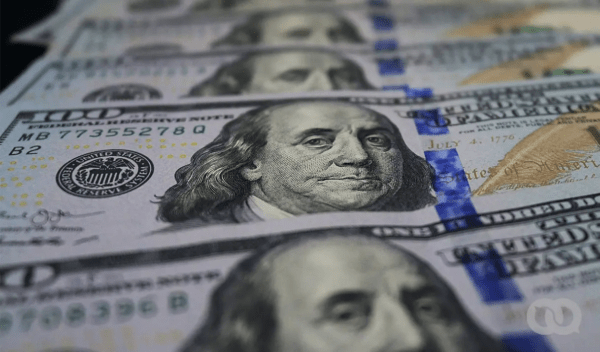Will Selling Dollars in Cuba Halt or Benefit the Illicit Market?

HAVANA TIMES – Cuba’s minister of Economy and Planning, Alejandro Gil Fernandez, announced on Monday August 22nd that the Cuban Government will begin selling foreign currency to individuals. Coming into effect on August 23rd, the measure upholds the 120 CUP: 1 USD exchange rate, with a difference between buying and selling prices due to commercial margins imposed by banks.
Applying foreign exchange margins, anyone can buy USD for 123.60 Cuban pesos and sell it for 110.40. In the case of Euros, the selling price stands at 125.11 pesos, while the buying rate is 116.70 pesos. Both rates are below the representative rate on the illicit market, which valued both currencies at 140 Cuban pesos on August 22nd 2022.
Starting today, Cuban citizens wanting to buy EUR, USD, CAD, GBP or MXN, can go to any of the 37 Change Bureaus (CADECA) in the country – mainly located in provincial capitals and some municipalities, except for on the Isle of Youth, where transactions are made at the Banco Popular de Ahorro. Foreign currency sales will only be made in cash because CADECA can’t connect operations to bank accounts, the Government has explained.
However, it won’t be an easy process. The minister/president of the Cuban Central Bank, Marta Sabina Wilson Gonzalez, said that any individual customer will only be able to buy a maximum of 100 USD or the equivalent in any other currency. This is “so more people can access this market and satisfy existing demand, which is much greater than the available foreign currencies,” she explained.
Wilson didn’t clarify whether the 100 USD cap refers to a single purchase or is the sum of purchases made over a period of time, a day, week or month. Even so, she explained that custormers buying USD won’t be able to deposit them in their bank accounts; she highlighted “this is a limitation we have right now and while we work on a solution, this situation will continue.”
The official expressed that foreign currency sales will be limited by “banking authorities’ purchasing power” and will depend on the amount of foreign currency purchased the day before. Given the absence of a transparent information tool, the head of the BCC explained that managers of CADECA branches will be responsible for “explaining to the population how many people will be able to buy foreign currency on the day that they offer services.”
Wilson has already said that foreign currency won’t be sold at airports, because they believe “they need to boost and facilitate more Cubans’ access to this foreign currency market“ and that, small and medium-sized enterprises (MSMEs), as well as non-agricultural cooperatives, won’t be able to access this kind of market for the time being.
Regarding the last point, Cuban economist Mauricio de Mirando explained that there isn’t a significant reason to stop micro, small and medium-sized business owners from buying foreign currency from the very beginning. “Shortages are the only possible reason. They are expecting to sell foreign currency in dribs and drabs,” he said.
In regard to sale and buying rates, the measure – protected by the BCC’s Resolution 437/2022 – establishes that sales of foreign currency in cash (except for USD) will have a 5% margin, while sales operations of USD in cash will have a 3% margin.
“If the dollar is the currency we have the most problems with for exports, the idea is that people demand this dollar and we encourage purchases in dollars that we already have at one of our bureaus de change,“ said Wilson.
While it’s still too early to predict what will happen in the future, many users are wondering what effect buying/selling foreign currency will have on the illicit market.
Economist Pedro Monreal speculated on Twitter that the State’s new exchange market might “ironically“ boost the informal market.
“The “low” buying rate of USD at 110.4 [CUP] has a very high trade difference at 10.7%. Up until now, the illicit market seemed to be operating with a trade difference of approximately 5%, which will create room for this informal market to buy and sell USD for a better rate than the State, keeping the 5% difference,” the economist added.
Monreal added that the State’s difference is 10.7% (123.6-110.4). However, with an informal market with a 5% difference, they can buy USD for 119.7 pesos and sell them for 126 pesos. Thus, these two rates are better on the illicit market than on the State’s.
Last but not least, minister Alejandro Gil recalled that “the 1:24 rate will continue for all the other basic economic operations, such as buying goods for the Basic Food Basket, paying gas, electricity bills, etc., and for wages.” According to Mauricio de Miranda, this regulation isn’t right as the 1:24 exchange rate has no economic basis.
“They’re still making the same mistake. They admitted they were wrong. And yes, they improvised. The “Economic Reforms process” didn’t work and it was a mistake. There has been strict willfulness and they are holding onto their key decisions,” De Miranda concluded.






Buy from the people rather than support the government is my view